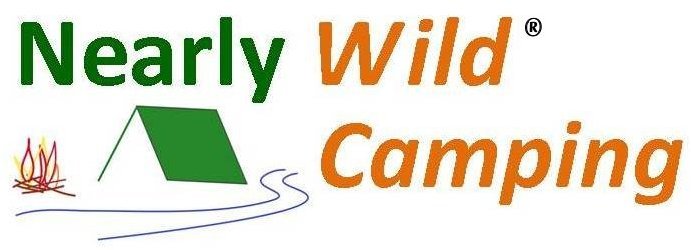There are many types of sleeping mat available, as with most camping equipment there are a variety of price points and a plethora of weight/sizes on the market.
What is the purpose of a sleeping mat? The mat provides insulation between you and the ground and therefore helps you to keep you warm, but let’s not forget it helps to provide a comfortable nights’ sleep too . With most of us sleeping on thick sprung mattresses with memory foam toppers at home it can be quite a different experience to spend the night on only a few centimetres of sleeping mat.
Different types of sleeping mat:
1) The entry level foam sleeping mat is usually only 1-1.5cm thick and rolls up into a rather bulky but lightweight addition to your camping kit, often attached to the outside of a back pack for carrying. These are low in price and won’t deflate during the night, some have a foil coated reflective side.
2) Next is the popular self-inflating sleeping mat which is usually 2-4cm thick with some internal structure that causes it to inflate when the valve is opened. These are bit less bulky but can be quite heavy.
3) A popular sleeping mat used by hikers is made from lightweight materials, inflated by blowing into a valve and can be quite thick due to being made up of a number of shaped chambers, which can resemble a sun lounger lilo. They pack very small but take a bit of effort to inflate, the lightweight material could puncture quite easily – for this reason they normally come with a small repair kit. For the ultimate in lightweight and small pack size you can get shaped 3/4 size mats or ‘skeleton’ designs but the trade-off is that they can be less comfortable and not as insulating. This type of sleeping mat is the least bulky.
4) Moving towards the high-end of sleeping mats there are those that have down insulation inside them. Utilising thinner and lighter materials they offer more comfort while not really increasing the deflated size. As they can require more air volume to inflate some come with mini-pumps or drybag-style ‘pump bags’.
5) You may think we have missed a popular type of sleeping mat but this type is in the category of ‘air-bed’ – bulky, heavy, arduous to inflate without an electric pump and resembles the shape of a regular mattress. Not really suited to wild camping but ok for less wild locations where your car maybe nearby or you have access to electricity or a power pack.
It’s interesting to note that some people use a combination of the above, especially in colder weather or for added comfort.
eg. Foam mat (1) with (4) placed on top improves overall insulation and helps prevent punctures from sharp objects on the ground, if (4) was to deflate for any reason (1) will still provide a level of insulation between the sleeper and the ground.

